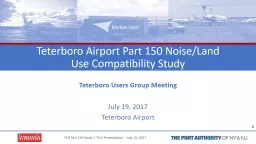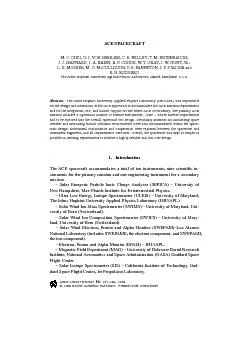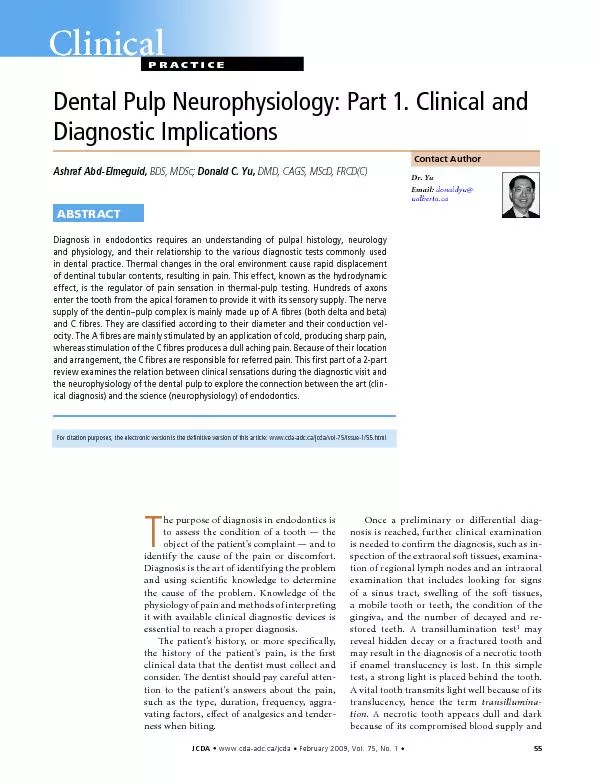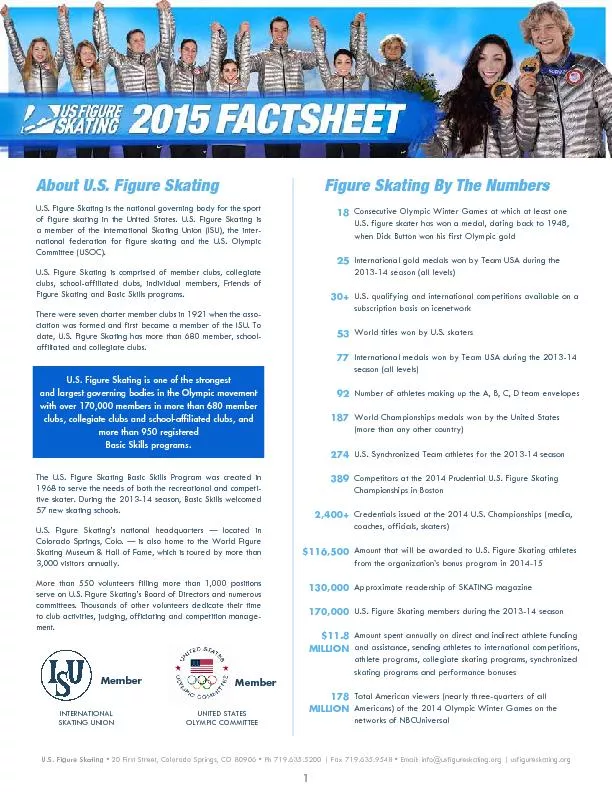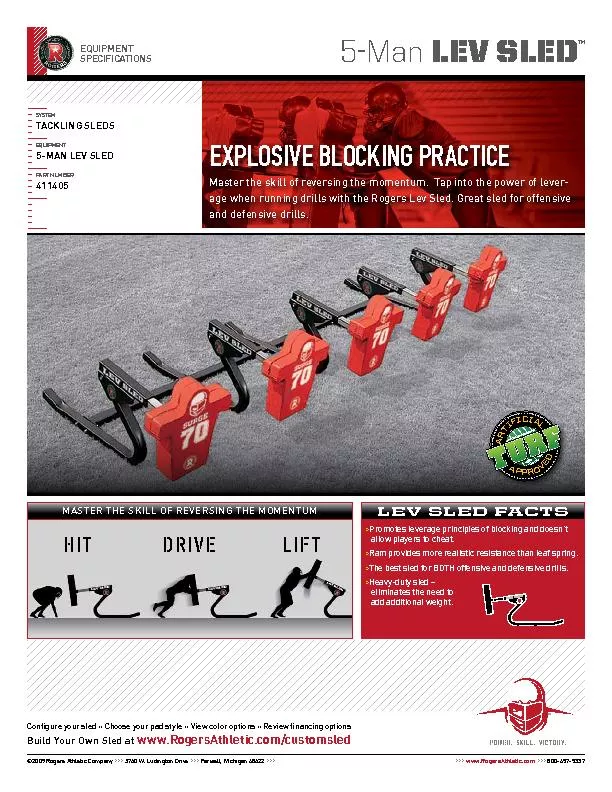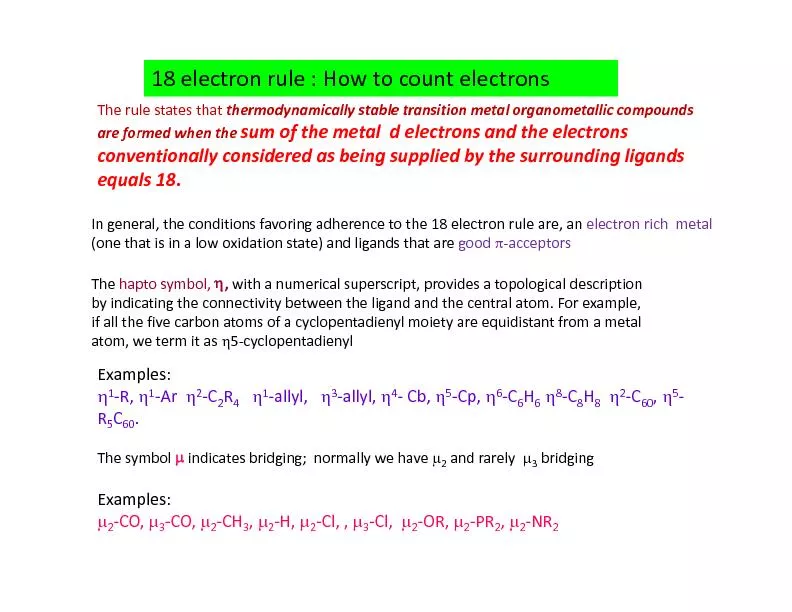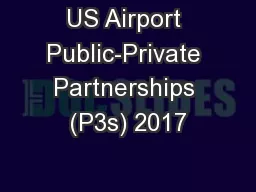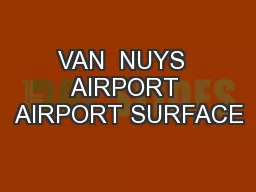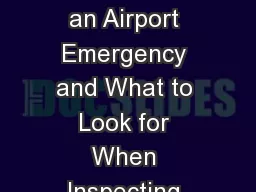PPT-Teterboro Airport Part 150
Author : liane-varnes | Published Date : 2019-03-16
NoiseLand Use Compatibility Study Teterboro Users Group Meeting July 19 2017 Teterboro Airport Agenda Introductions Part 150 Overview Noise Exposure Map NEM Noise
Presentation Embed Code
Download Presentation
Download Presentation The PPT/PDF document "Teterboro Airport Part 150" is the property of its rightful owner. Permission is granted to download and print the materials on this website for personal, non-commercial use only, and to display it on your personal computer provided you do not modify the materials and that you retain all copyright notices contained in the materials. By downloading content from our website, you accept the terms of this agreement.
Teterboro Airport Part 150: Transcript
Download Rules Of Document
"Teterboro Airport Part 150"The content belongs to its owner. You may download and print it for personal use, without modification, and keep all copyright notices. By downloading, you agree to these terms.
Related Documents

